North Konami provides MXene materials (customizable)
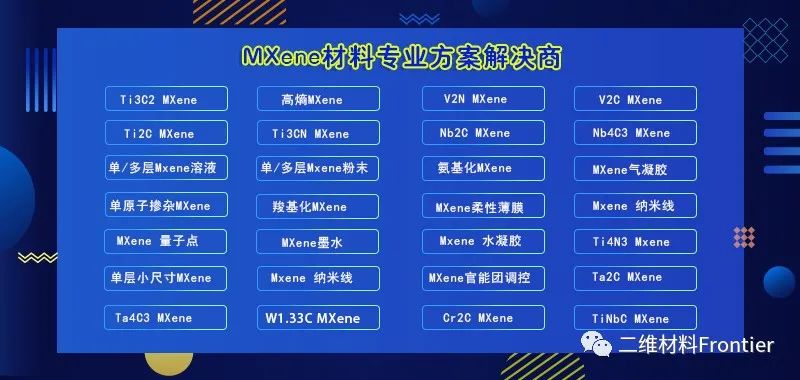

Research abstract
Prussian blue analogs (PBAs) are considered to be a promising class of Li-ion storage materials, benefiting from their controllable composition, designable topology and tunable porous structure, but they are still limited by severe capacity decay and poor cycling stability, which are mainly due to the volume change and higher resistance during lithiation. Recently, the research team of Professor Gengzhi Sun from Nanjing University of Technology published the latest research results in "ACS Appl. Mater. Interfaces", reporting a general method for converting small-sized PBA nanoparticles supported on two-dimensional (2D) MXene or rGO. The bit-switching approach utilizes ultrathin layered double metal hydroxide nanosheets (LDHs). The 2D conductive nanosheets can achieve fast electron transport and ensure efficient utilization of PBA even at high rates. Meanwhile, PBA nanoparticles can effectively prevent the rearrangement of 2D materials and facilitate the rapid transport of ions. The optimized Ni0.8M0.2-PBA/MX as the negative electrode of Li-ion battery outputs a specific capacity of 442 mAh g-1 with excellent cycling stability at a current density of 0.1 A g-1.
Graphical guide

Figure 1. Schematic diagram of electrostatic assembly-in situ transformation preparation of PBA/2D hosts.
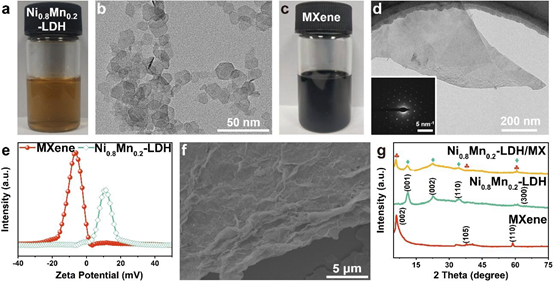
Figure 2. Optical photos, TEM images and Zeta potential measurements of Ni0.8M0.2-LDH dispersion and MXene dispersion; SEM image and XRD pattern of Ni0.8M0.2-LDH/MX.
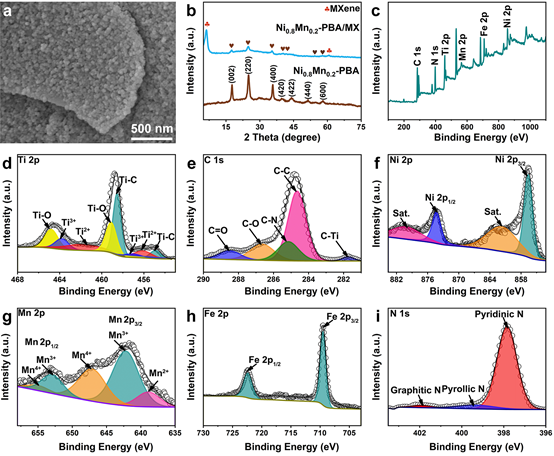
Figure 3. SEM image, XRD, XPS spectrum of Ni0.8M0.2-PBA/MX.
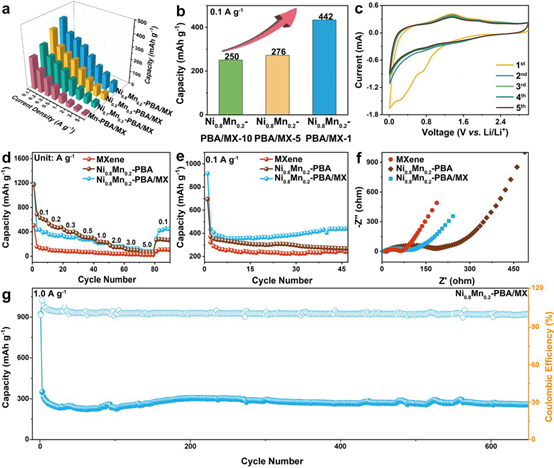
Figure 4. Electrochemical performance test of Mn-PBA/MX, Ni0.5M0.5-PBA/MX, Ni0.7M0.3-PBA/MX and Ni0.8M0.2-PBA/MX.
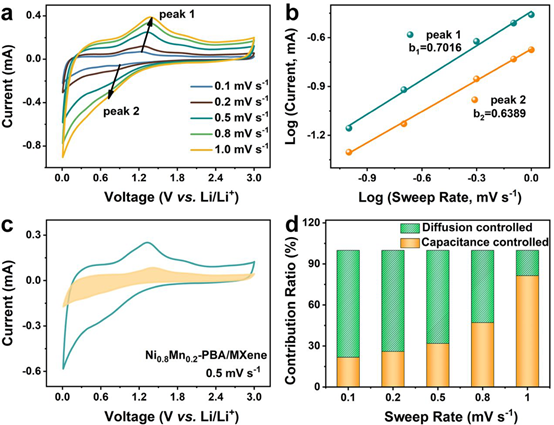
Figure 5. Kinetic process analysis of Ni0.8M0.2-PBA/MX.
Summarize
Benefiting from the advantages of small particle size and 2D nanosheets, the conductivity and ion diffusion can be effectively enhanced, thereby improving the output capacity and cycling stability of PBA/MX as a lithium storage anode material. Reasonable design provides new ideas.
Literature link
https://doi.org/10.1021/acsami.2c01382
This information comes from the Internet for academic exchange only. If there is any infringement, please contact us to delete it immediately.









